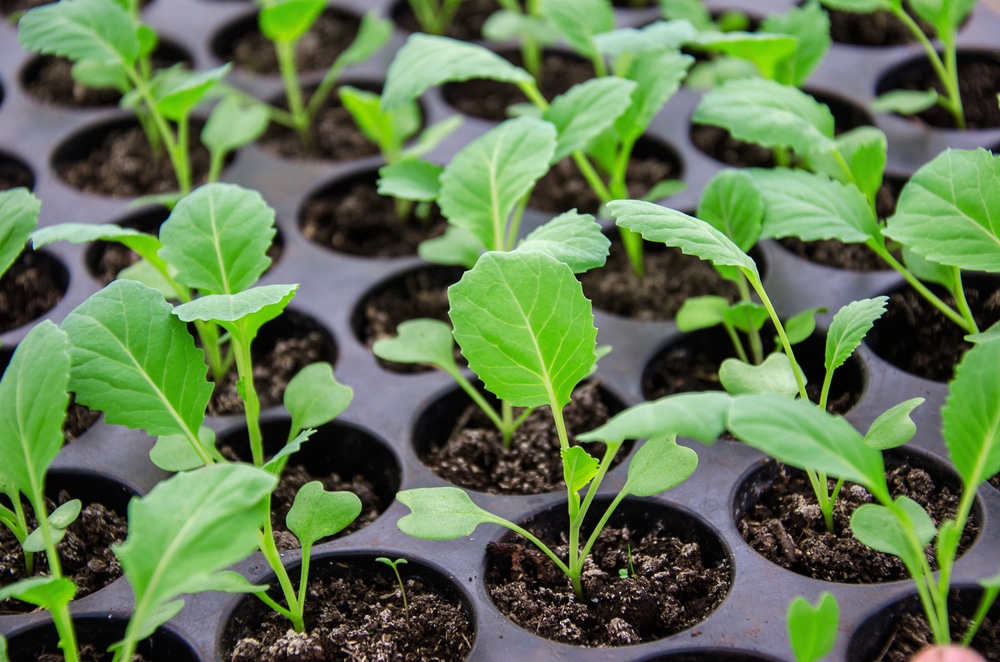

(Image credit: Getty/Elva Etienne) FAQs Can too much fertilizer cause yellow leaves? Flood around the base of the plant and then allow the hose to continue to run slowly for another 20-30 minutes to flush any fertilizer still in the ground further away from the plant’s roots. To flush the soil of an affected plant that is in the ground in the backyard, then it is best to use a garden hose, which you can get on Amazon. It is advisable to wait around a month after flushing and repotting an over-fertilized plant before giving the plant any more feed. When it comes to houseplants or potted plants, he says: ‘Stop fertilizing the plant immediately, flush the soil with water to remove excess nutrients, repot the plant with fresh soil, prune any damaged or dead leaves or branches and provide the plant with proper sunlight, water, and nutrients in the correct amounts.’ Whether the plant is in a pot or in the ground, there are ways to be able to mitigate the effects of too much feed and prevent the plant being damaged any further.Īlex Tinsman, a gardener from, recommends that there are ‘several steps you can take’ to save a plant you suspect may have been over-fertilized. (Image credit: Getty/Emilija Manevska) Can plants recover from over-fertilizing?Ī plant can be saved from over-fertilizing, though the success is dependent on how overfed it was and how quickly you noticed the damage. This water pollution can cause increased algal blooms and affect ecosystems. There are other environmental consequences of over-fertilizing plants as excess fertilizer can leach into any groundwater or runoff into nearby ponds, streams or rivers. There can often be a white crusty build-up on the soil surface and there may be a strong odor coming from the soil, for example excess nitrogen can give off an ammonia-like smell. Other tell-tale signs of over-fertilizing can be seen on the soil as well as on plants as listed above.

Abnormal shedding: Excessive shedding of leaves, flowers, or fruits may be a sign of over-fertilization.An inhibited ability to absorb water and nutrients can also result in a drooping or wilting of the plant Stunted growth: Over-fertilized plants often exhibit slow or stunted growth due to an imbalance of nutrients.Leaf discoloration: Yellowing, browning, or blackening of leaf edges and tips may indicate nutrient toxicity.Kelly Keating, a gardening expert and founder of Gardener Basics, explains how ‘over-fertilization can lead to a range of negative consequences’ and highlights three of the most common signs of over-fertilizing plants.


 0 kommentar(er)
0 kommentar(er)
